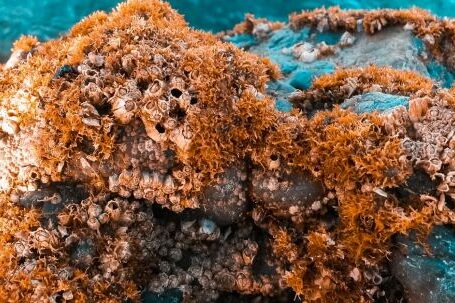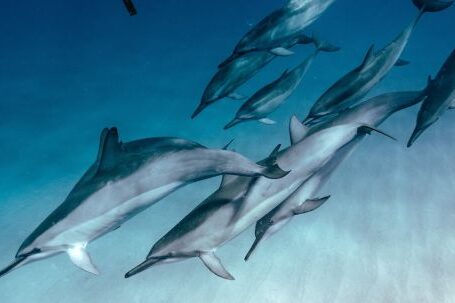Coral reefs are often referred to as the “rainforests of the sea” due to their incredible biodiversity and ecological importance. These vibrant underwater ecosystems are home to a vast array of marine life, and their health and survival are greatly dependent on each other. In this article, we will explore the symbiotic relationship between marine life and coral reefs and understand why their preservation is crucial for the overall well-being of our oceans.
Coral Reefs: The Underwater Cities
Coral reefs are formed by the accumulation of calcium carbonate skeletons secreted by coral polyps, tiny marine animals that belong to the same family as jellyfish and sea anemones. These polyps live in colonies and form the backbone of the reef structure. However, coral reefs are not just made up of corals. They are complex ecosystems that also include algae, sponges, fish, crustaceans, and countless other organisms.
The Mutual Benefit: Coral and Algae
One of the most critical relationships within coral reefs is the mutualistic symbiosis between coral and algae. Coral polyps provide a safe haven for single-celled algae known as zooxanthellae, which reside within the coral tissues. In return, the algae photosynthesize and produce oxygen and organic compounds that fuel the growth and survival of the coral.
This symbiotic relationship is a delicate balance. When environmental conditions, such as temperature or pollution, become unfavorable, corals may expel the algae, leading to a phenomenon known as coral bleaching. Without the algae, corals lose their vibrant colors and become more susceptible to disease and death. Furthermore, the loss of zooxanthellae reduces the energy available to the coral, making it difficult for them to recover from stressors.
Underwater Cities: Biodiversity Hotspots
Coral reefs are teeming with life, making them biodiversity hotspots. They provide shelter, food sources, and breeding grounds for a vast number of marine species. Fish, in particular, are heavily reliant on coral reefs. They use the nooks and crannies of the reef structure as hiding places from predators and as hunting grounds for food. Without the protection and resources provided by coral reefs, many fish species would struggle to survive.
In addition to fish, coral reefs are home to an array of other marine organisms. Invertebrates, such as crabs, lobsters, and shrimp, find refuge among the coral branches. Soft corals and sponges provide a habitat for smaller creatures like nudibranchs and sea slugs. The intricate web of life within coral reefs demonstrates the interconnectedness and interdependence of marine species.
The Threats to Coral Reefs
Unfortunately, coral reefs around the world are facing numerous threats, primarily due to human activities. Climate change, pollution, overfishing, and destructive fishing practices are all taking a toll on these fragile ecosystems. Rising sea temperatures and ocean acidification caused by climate change are major contributors to coral bleaching events, leading to the widespread loss of coral reefs.
Protecting Coral Reefs: A Shared Responsibility
Preserving and restoring coral reefs is an urgent global priority. Efforts are being made to establish marine protected areas, regulate fishing practices, and reduce pollution. Additionally, raising awareness about the importance of coral reefs and the need for sustainable practices is crucial.
Individual actions can also make a difference. Using reef-safe sunscreen, practicing responsible diving and snorkeling, and supporting organizations working towards reef conservation are all ways in which we can contribute to the preservation of these valuable ecosystems.
In conclusion, the symbiotic relationship between marine life and coral reefs is vital for the health and survival of both. Coral reefs provide shelter, food, and breeding grounds for a diverse range of marine species, while marine life, especially algae, helps nourish and protect the corals. The threats faced by coral reefs are numerous, but with collective efforts and a shared responsibility, we can work towards their preservation and ensure the continued existence of these underwater wonders.





